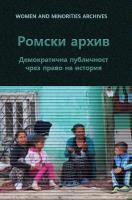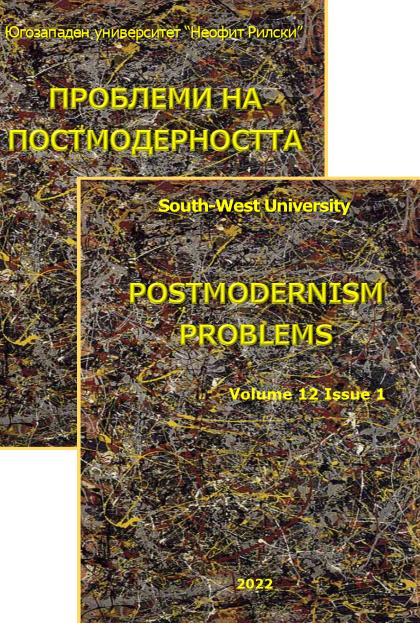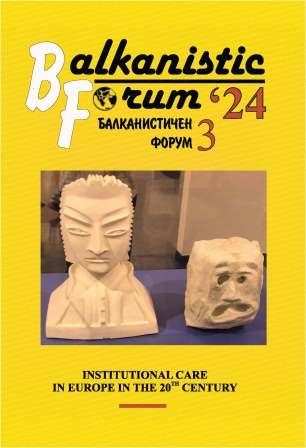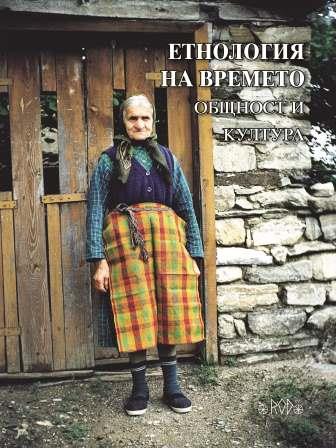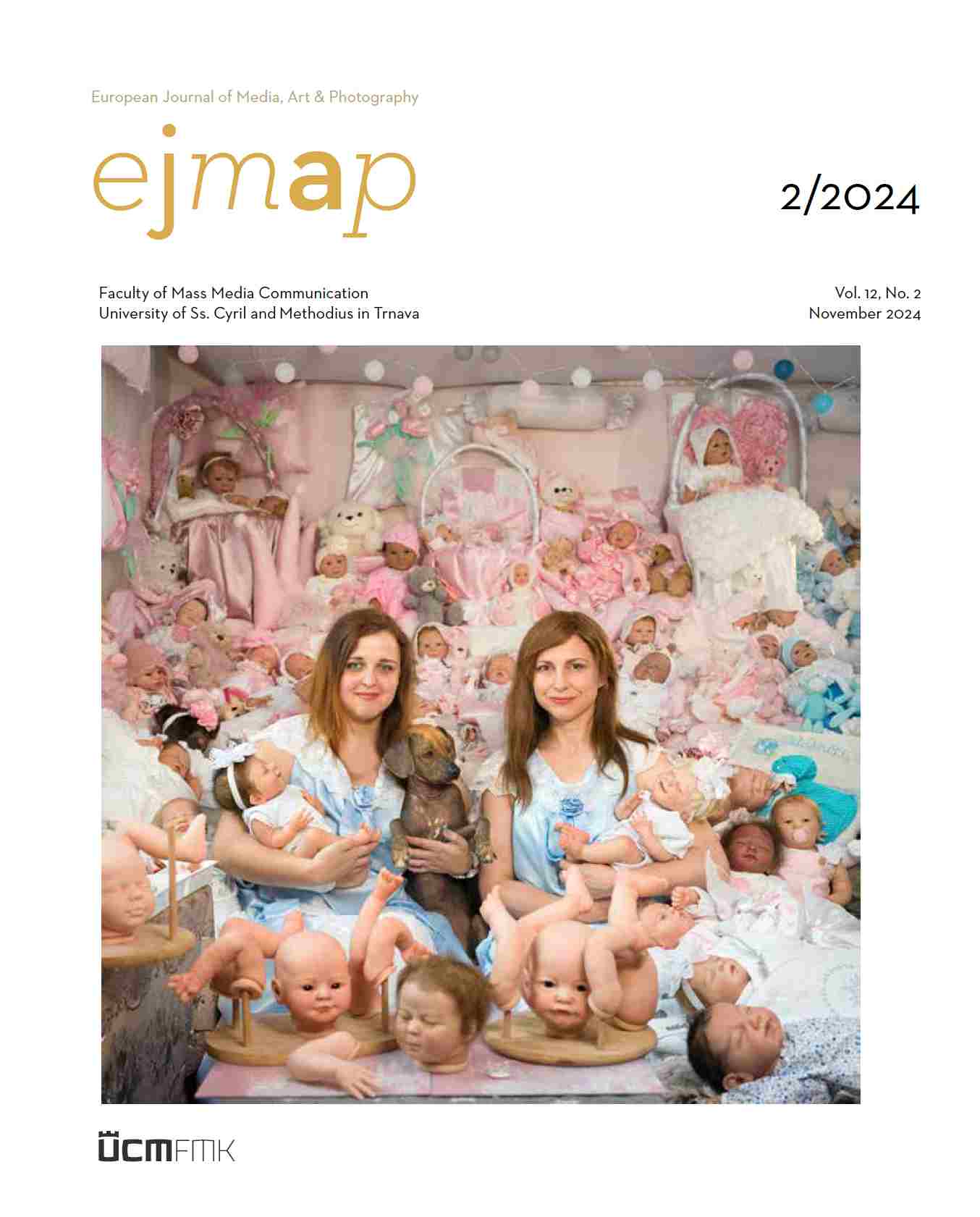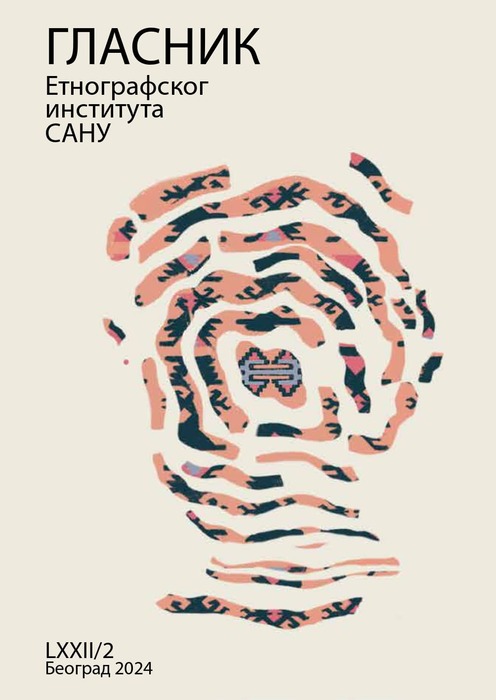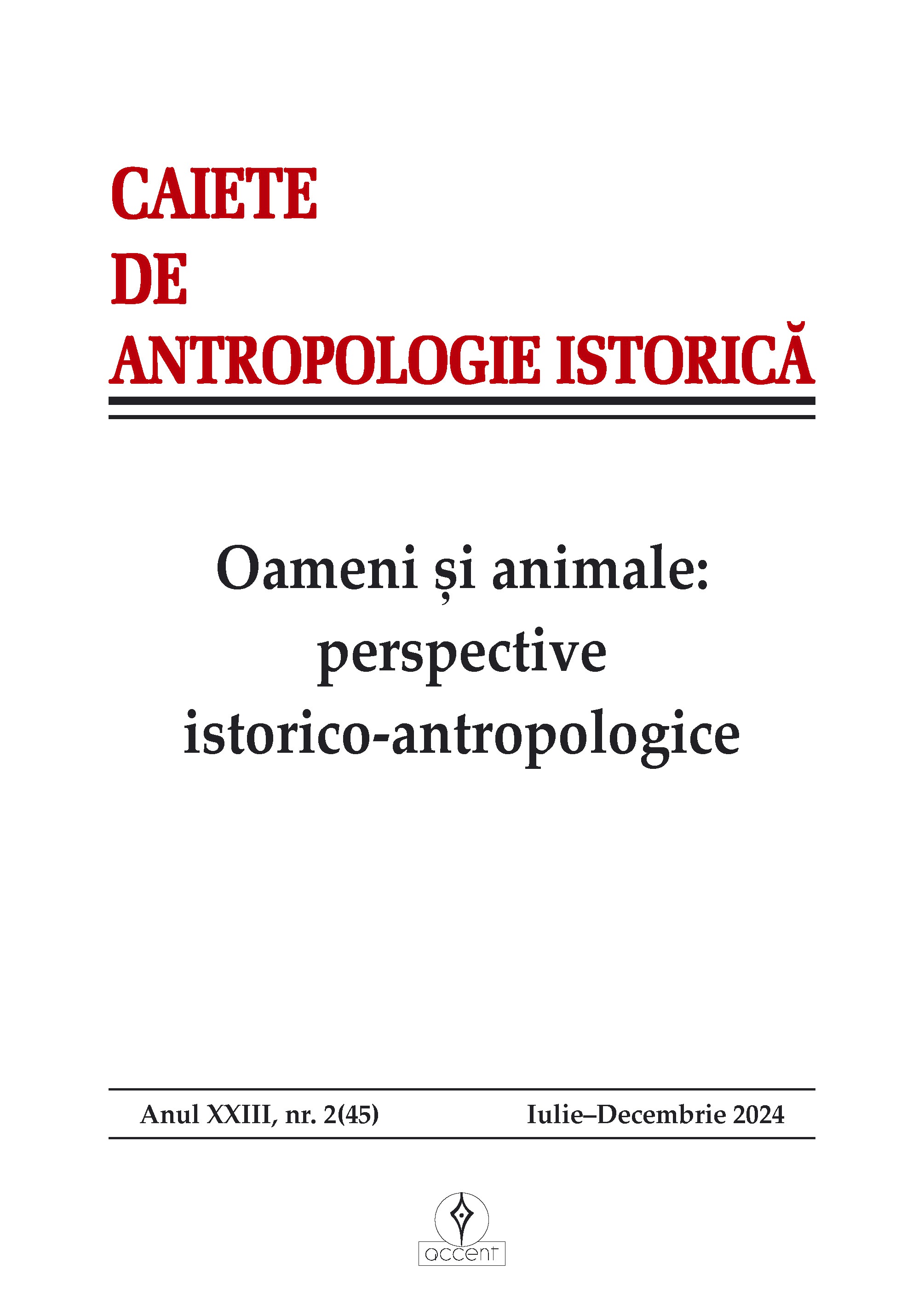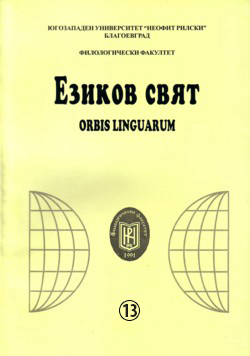
РЕЦЕПЦІЯ БОЛГАРІЇ НА СТОРІНКАХ ГАЗЕТИ УКРАЇНСЬКИХ БОЛГАР «РОДЕН КРАЙ» (ОДЕСА)
The article is devoted to the analysis of the perception of Bulgaria in the newspaper "Roden Krai", which readers were discovering their historical homeland in the new socio-political conditions. The role of these processes in the rise of national consciousness of Ukrainian Bulgarians is being studied. The period studied of 1989 - 1995, is a period when the revival of ethnic identity took place under conditions of Ukrainian civic consciousness formation. The editorial policy concerning formation of a new image of the historical ancestral home of newspaper readers is analyzed. Difficulties (particularly ideological) which the editorial staff faced during the political and economic decline, a rethinking of the past both in Ukraine and in Bulgaria were also analyzed. The metropolis authors’ role in the formation of the holistic and true image of the homeland among readers of the newspaper "Roden Krai" is emphasized.
More...
